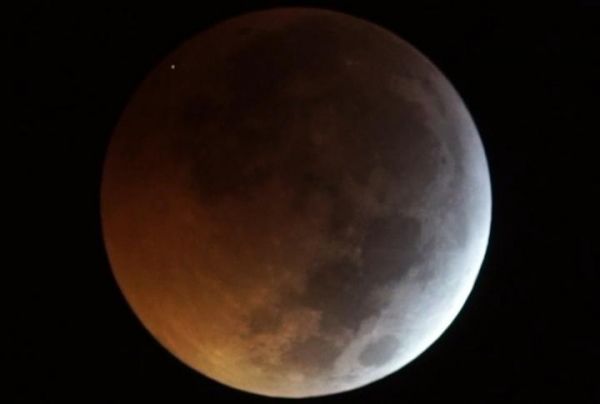Observers watching January’s total eclipse of the Moon saw a rare event, a short-lived flash as a meteorite hit the lunar surface. Spanish astronomers now think the space rock collided with the Moon at 61,000 kilometres an hour, excavating a crater 10 to 15 metres across. Prof. Jose Maria Madiedo of the University of Huelva, and Dr Jose L. Ortiz of the Institute of Astrophysics of Andalusia, publish their results in a new paper in Monthly Notices of the Royal Astronomical Society.
Total lunar eclipses take place when the Moon moves completely into the shadow of the Earth. The Moon takes on a red colour – the result of scattered sunlight refracted through the Earth’s atmosphere - but is much darker than normal. These spectacular events are regularly observed by astronomers and the wider public alike.
The most recent lunar eclipse took place on 21 January 2019, with observers in North and South America and western Europe enjoying the best view. At 0441 GMT, just after the total phase of the eclipse began, a flash was seen on the lunar surface. Widespread reports from amateur astronomers indicated the flash – attributed to a meteorite impact - was bright enough to be seen with the naked eye.
Read more at Royal Astronomical Society
Image: The flash from the impact of the meteorite on the eclipsed Moon, seen as the dot at top left, as recorded by two of the telescopes operating in the framework of the MIDAS Survey from Sevilla (Spain) on 2019 January 21. (Credit: J. M. Madiedo / MIDAS)


